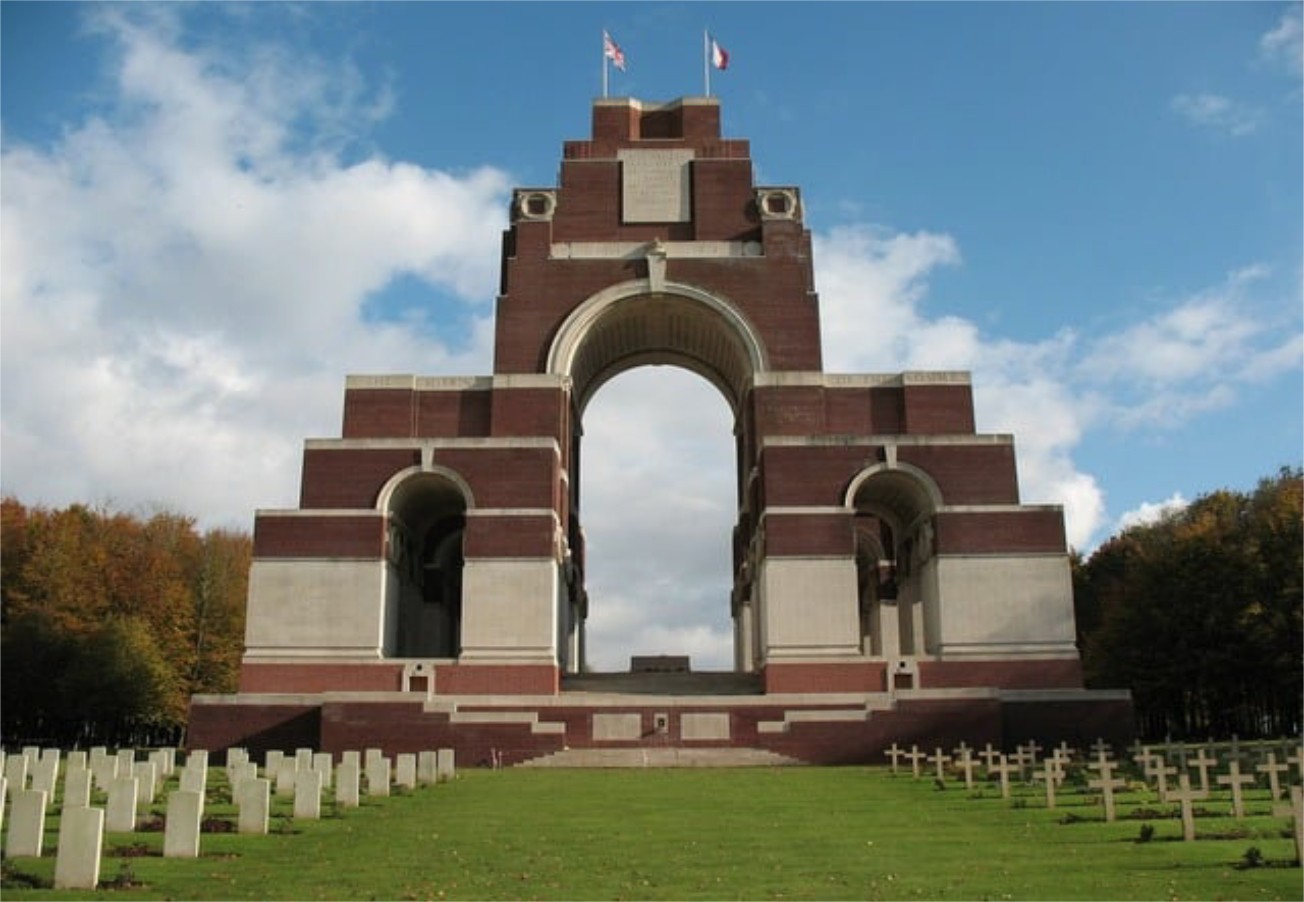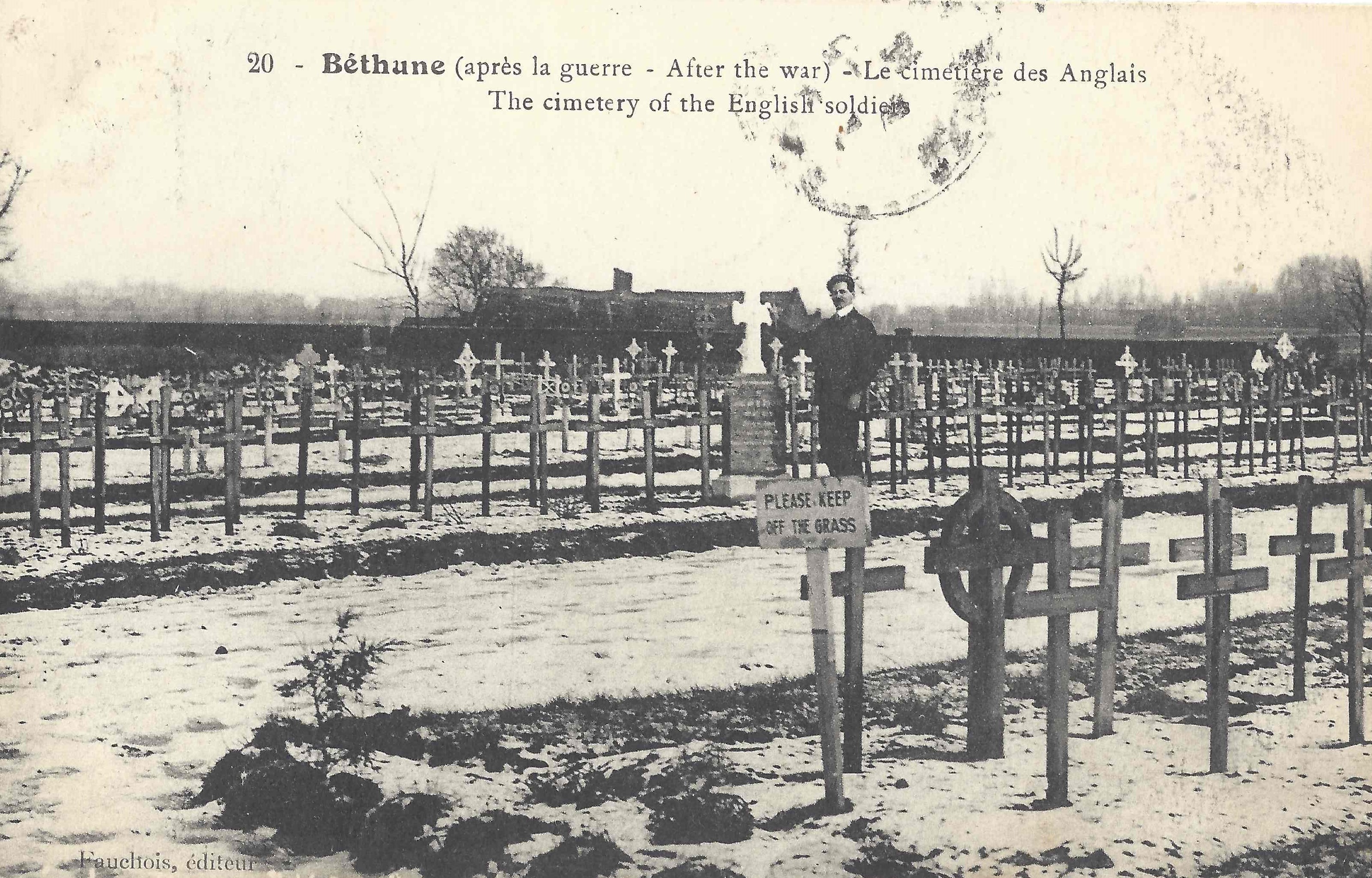The then Imperial War Graves Commission was founded in May 1917, while war was still raging, and tasked with the permanent commemoration of the empire’s war dead. The architects Edwin Lutyens and Herbert Baker were sent to France in July 1917 to make recommendations on cemetery design.
At the war’s end, the great project really accelerated, driven by the genius of the empire’s most renowned architects and horticulturalists. In parallel, the teams of the Army’s Directorate of War Graves and Registration were still busy with the gruesome and harrowing task of locating and exhuming the remains of vast numbers of graves scattered across the battlefields and concentrating them into the permanent cemeteries.
The work continued for almost twenty years before the Second World War forced a halt. In 1945 the Commission assessed war damage and began planning cemeteries to commemorate the fallen of this conflict.
You will understand how the unprecedented plan unfolded, by visiting a range of key early sites which established the house style.
I gave a talk to the Western Front Association on this topic in November 2020 which you can view in the link below.



